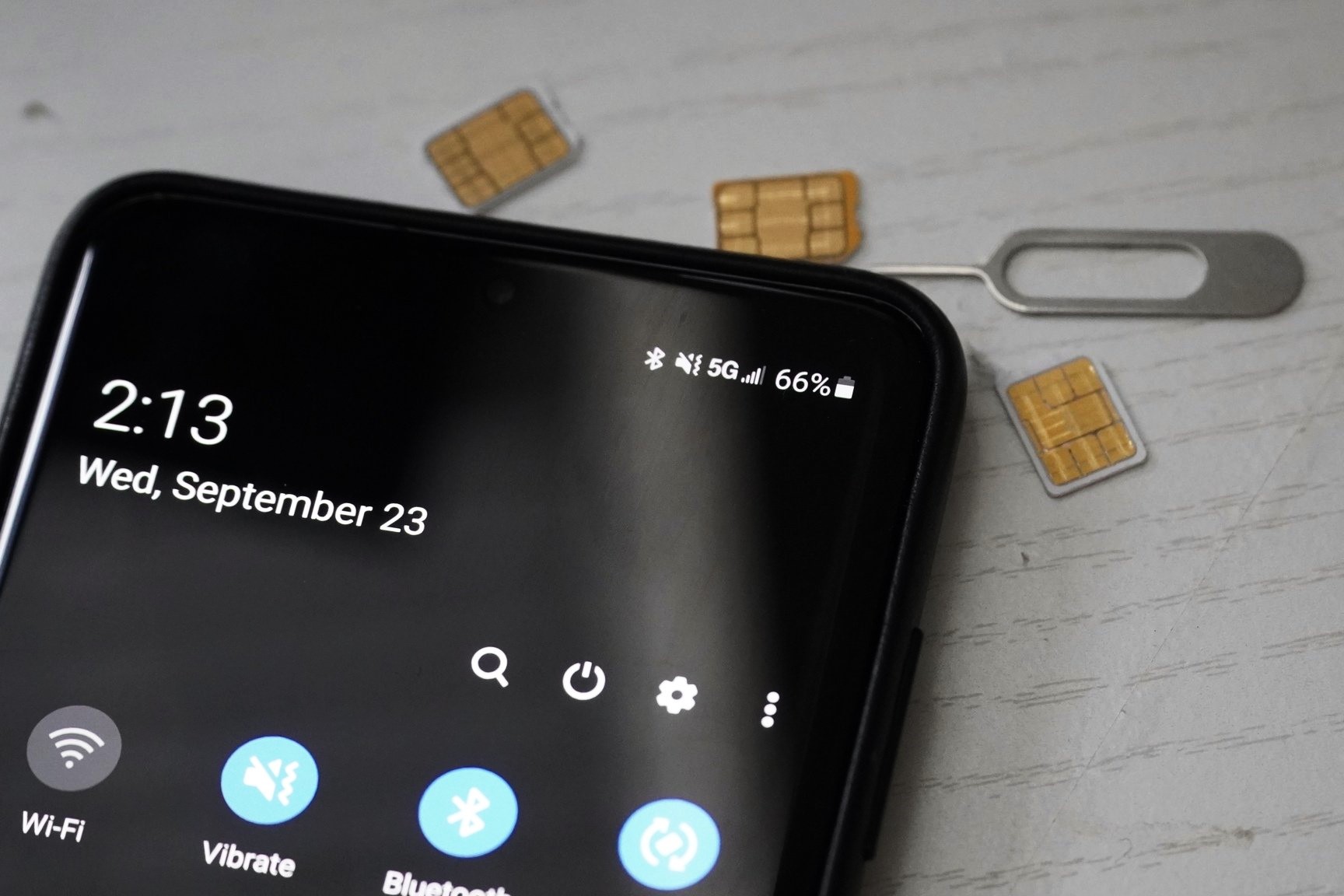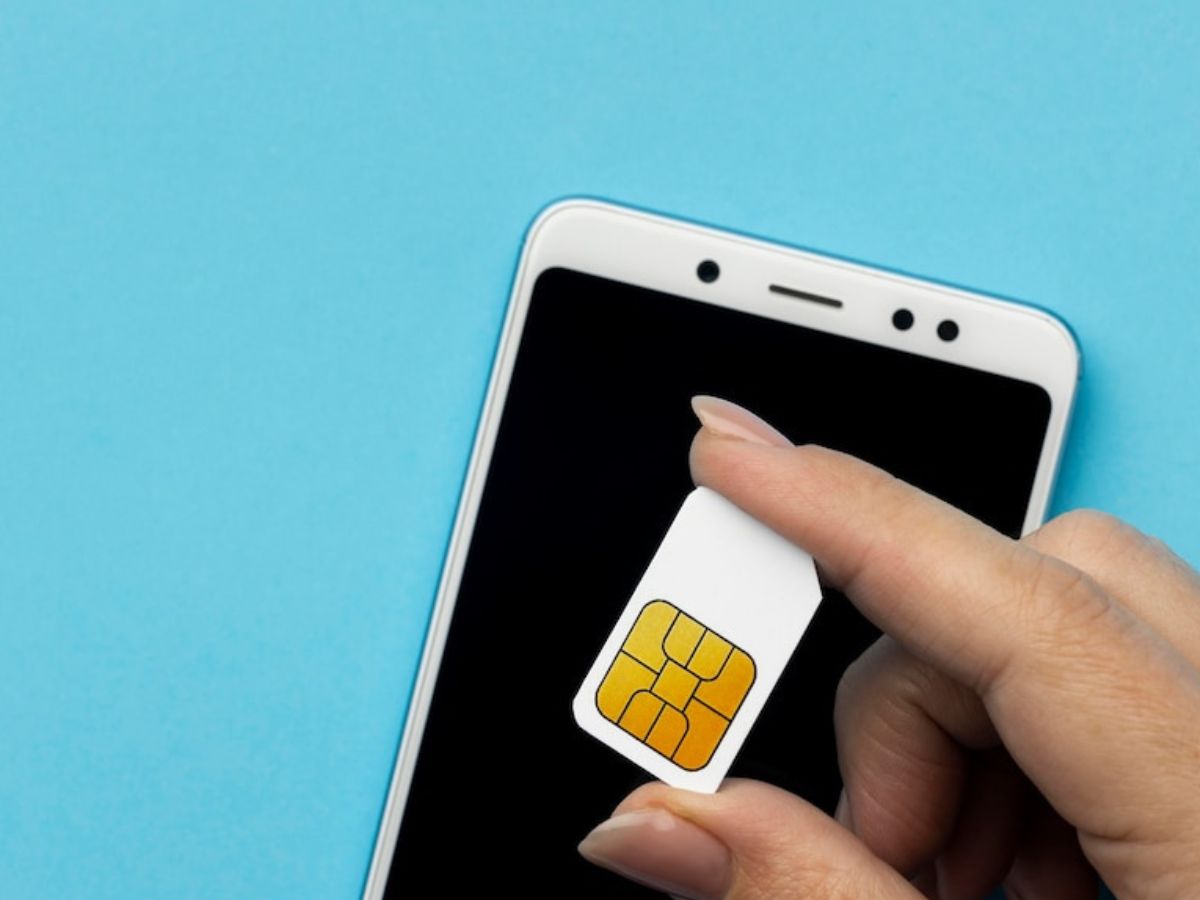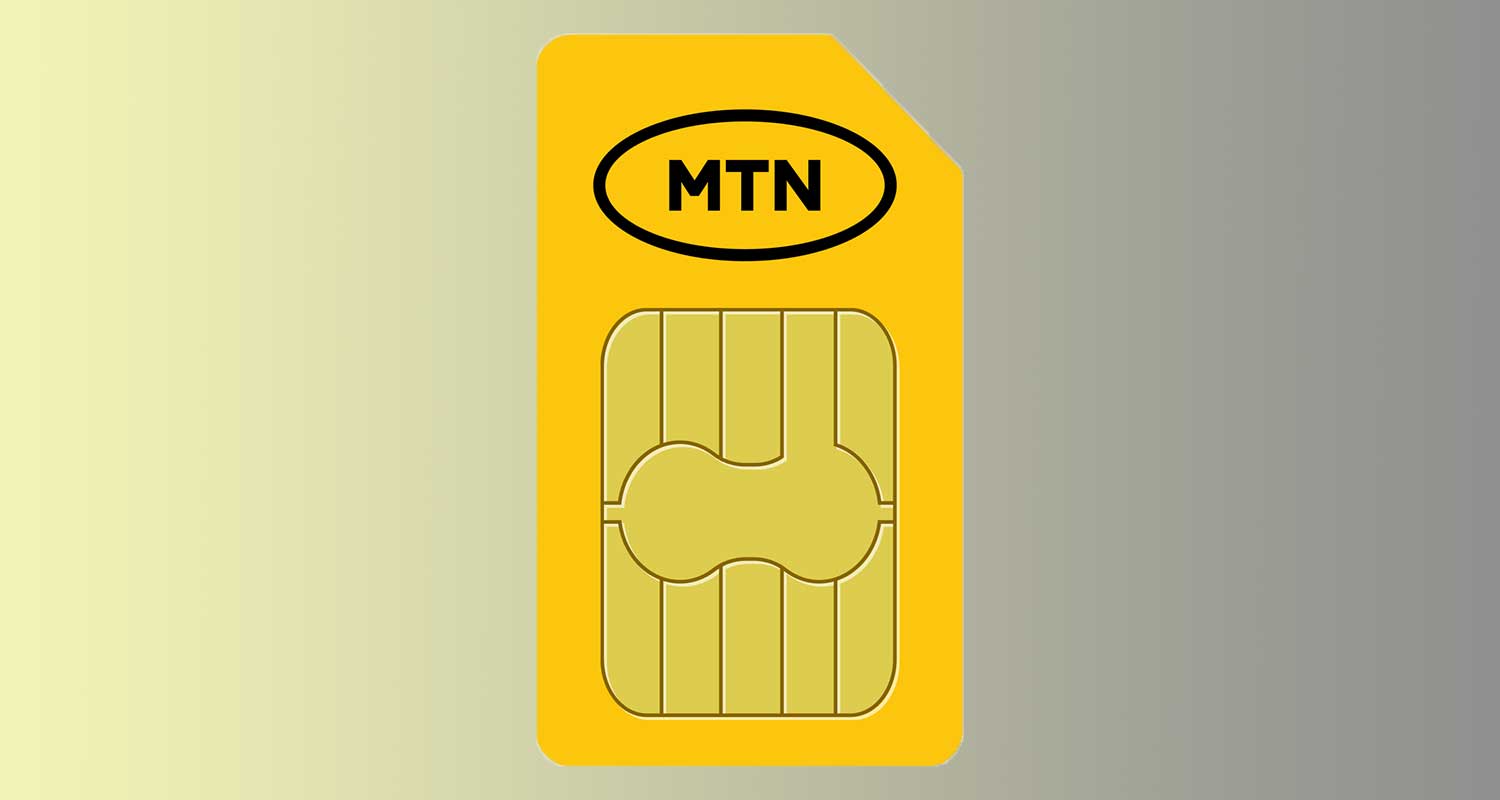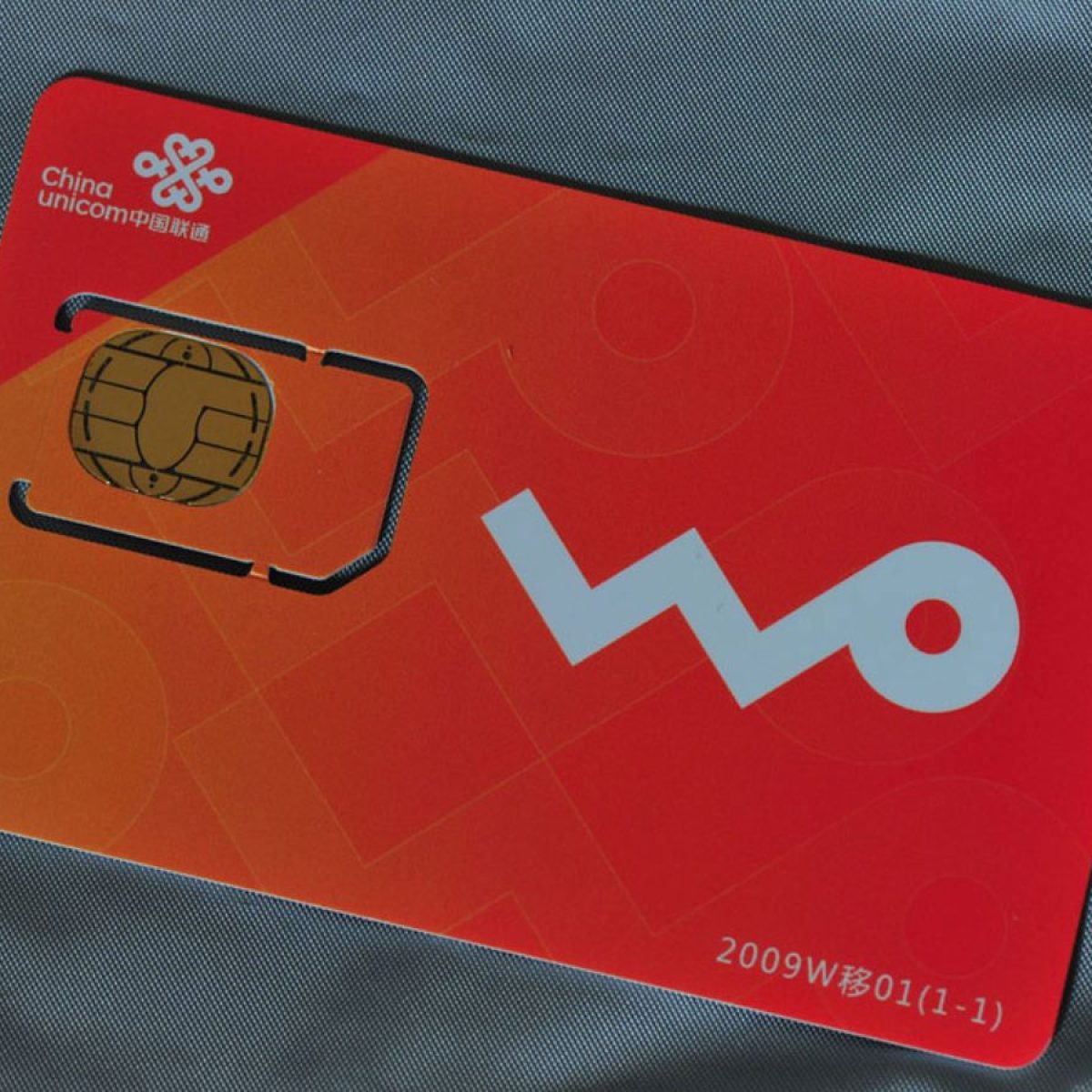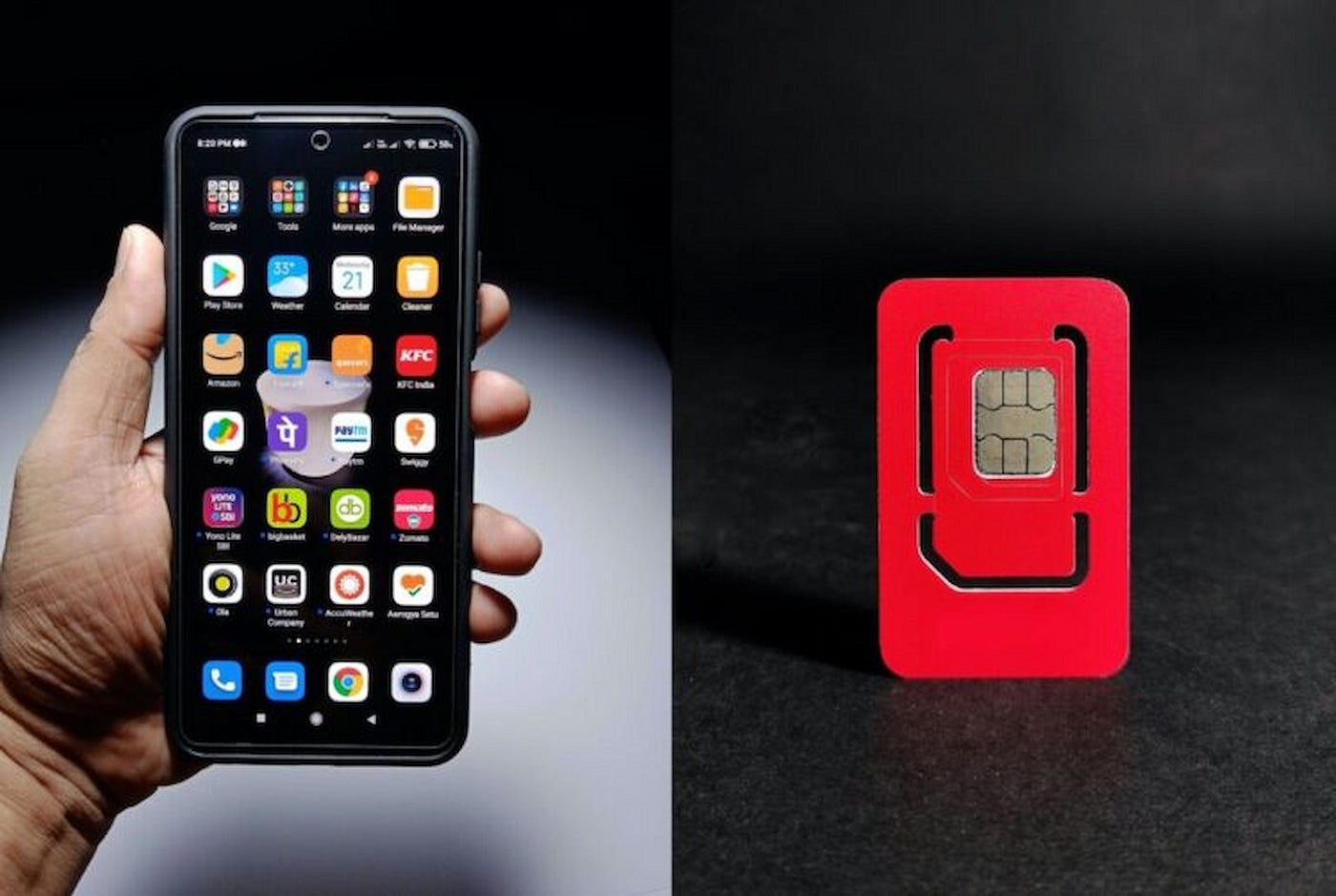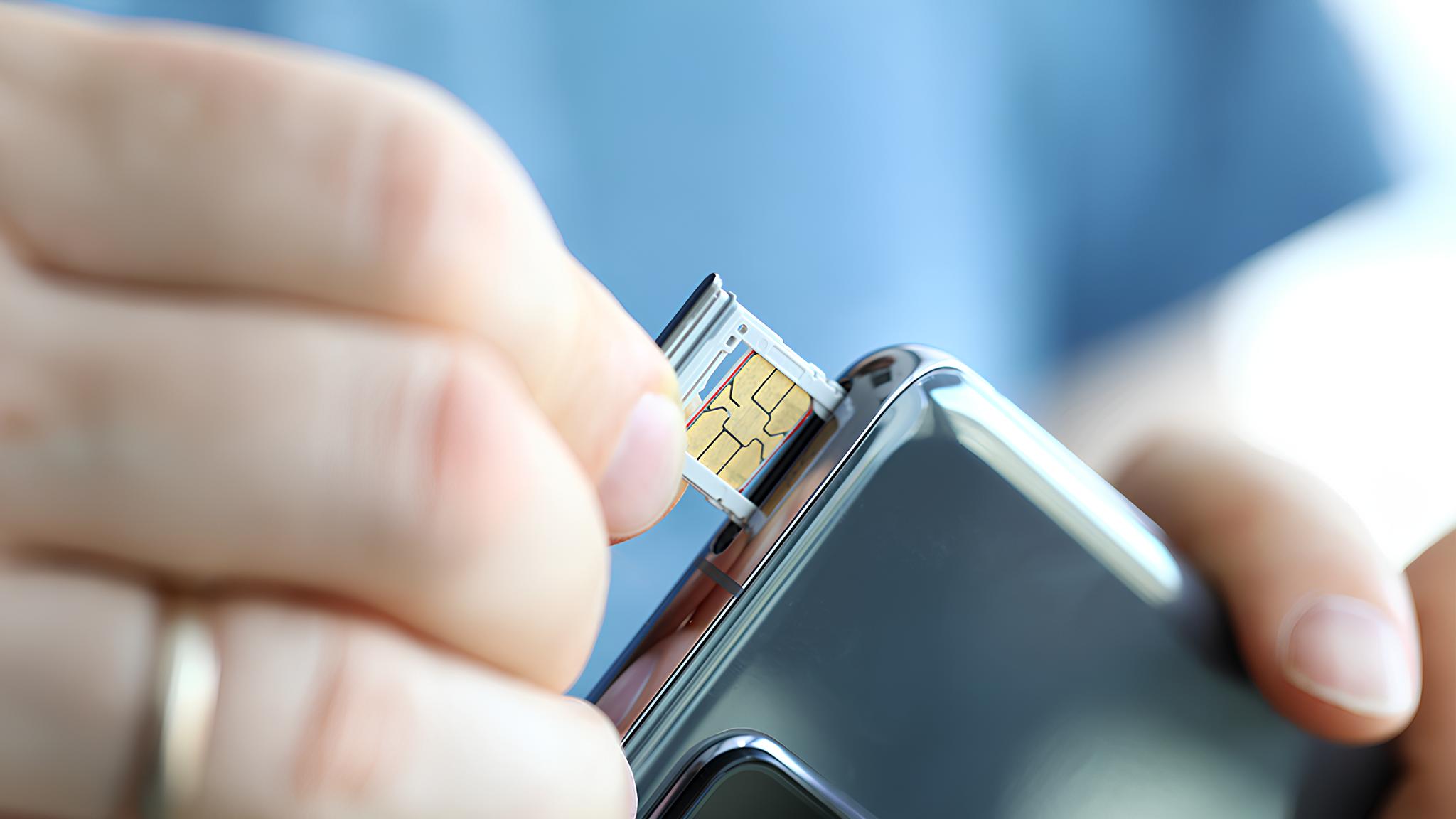Introduction
In today's fast-paced digital age, mobile devices have become an integral part of our daily lives. Whether it's staying connected with loved ones, accessing important emails on the go, or simply enjoying the convenience of mobile apps, our smartphones and tablets play a crucial role in keeping us plugged into the world around us. At the heart of these devices lies the SIM card, a tiny but powerful component that facilitates communication and connectivity.
The process of activating a SIM card is a vital step in getting a new mobile device up and running. It involves linking the SIM card to the mobile network, enabling it to send and receive calls, text messages, and access data services. Without proper activation, a SIM card remains dormant, rendering the device unable to connect to the cellular network.
Understanding the significance of SIM card activation is essential for anyone acquiring a new mobile device or switching to a new carrier. It ensures that the device is fully operational and ready to use, allowing users to make and receive calls, send text messages, and access the internet without any hindrances.
In this comprehensive guide, we will delve into the intricacies of SIM card activation, exploring its importance and providing valuable insights on how to check the activation status of a SIM card. Additionally, we will address common issues that may arise during the activation process, equipping readers with the knowledge to troubleshoot potential challenges.
As we embark on this journey, we invite you to join us in unraveling the mysteries of SIM card activation and empowering yourself with the knowledge to ensure seamless connectivity on your mobile device. Let's dive in and discover the world of SIM card activation together.
What is SIM Card Activation?
SIM card activation is the process of enabling a new SIM card to connect to a mobile network and function within a mobile device. When a SIM card is first inserted into a phone or tablet, it must undergo activation to establish a link with the carrier's network, allowing the device to make calls, send text messages, and access mobile data services.
During activation, the unique identifier of the SIM card, known as the International Mobile Subscriber Identity (IMSI), is registered with the mobile network operator. This registration process ensures that the SIM card is recognized and authenticated by the network, granting it access to essential services.
Upon successful activation, the SIM card becomes associated with a specific mobile phone number and is provisioned with the necessary network settings to facilitate seamless communication. This includes configuring the device to connect to the carrier's voice and data networks, as well as enabling features such as voicemail and caller ID.
In essence, SIM card activation is the pivotal step that breathes life into a new mobile device, allowing it to harness the capabilities of the cellular network and deliver the full spectrum of mobile communication and connectivity. Without activation, the SIM card remains inert, rendering the device unable to engage with the carrier's network and access essential services.
The activation process varies depending on the mobile carrier and the type of SIM card being used. It may involve entering a unique activation code, known as the SIM card activation kit, provided by the carrier. Alternatively, some carriers may activate the SIM card remotely upon purchase, simplifying the activation process for the end user.
In essence, SIM card activation is the pivotal step that breathes life into a new mobile device, allowing it to harness the capabilities of the cellular network and deliver the full spectrum of mobile communication and connectivity. Without activation, the SIM card remains inert, rendering the device unable to engage with the carrier's network and access essential services.
Understanding the intricacies of SIM card activation is essential for anyone acquiring a new mobile device or switching to a new carrier. It ensures that the device is fully operational and ready to use, empowering users to stay connected and leverage the myriad benefits of mobile technology.
Why is it Important to Check SIM Card Activation Status?
Ensuring the activation status of a SIM card is a critical aspect of acquiring a new mobile device or transitioning to a new carrier. By verifying the activation status, users can preemptively address any potential issues that may hinder the seamless functionality of their device. Here are several compelling reasons why checking the SIM card activation status is of paramount importance:
-
Seamless Connectivity: Checking the activation status of a SIM card is essential to guarantee seamless connectivity. A successfully activated SIM card ensures that the device can readily connect to the mobile network, enabling users to make and receive calls, send text messages, and access mobile data without any disruptions. By confirming the activation status, users can proactively address any activation-related issues, thereby ensuring uninterrupted communication and connectivity.
-
Optimizing Device Functionality: Verifying the activation status of a SIM card is crucial for optimizing the functionality of the mobile device. An activated SIM card is provisioned with the necessary network settings, ensuring that the device can access voice and data services seamlessly. By checking the activation status, users can ascertain that their device is fully operational, allowing them to harness its full potential and enjoy a rich mobile experience.
-
Preventing Service Disruptions: Checking the activation status of a SIM card helps prevent potential service disruptions. In the event that a SIM card is not activated or encounters activation-related issues, users may experience limitations in making calls, sending texts, or accessing mobile data. By proactively verifying the activation status, users can identify and rectify any activation challenges, thereby mitigating the risk of service disruptions and ensuring uninterrupted communication.
-
Troubleshooting Activation Issues: Verifying the activation status of a SIM card empowers users to troubleshoot any activation-related issues effectively. In some instances, activation may encounter hurdles, such as incomplete registration or network provisioning errors. By checking the activation status, users can identify any anomalies and seek assistance from their mobile carrier to resolve activation issues promptly, ensuring that their device is fully operational.
-
Enhancing User Experience: Confirming the activation status of a SIM card enhances the overall user experience. A successfully activated SIM card ensures that users can leverage the full spectrum of mobile communication and connectivity features without impediments. By proactively checking the activation status, users can embark on their mobile journey with confidence, knowing that their device is primed for seamless communication and interaction.
In essence, checking the SIM card activation status is an indispensable step that empowers users to validate the operational status of their device, address potential activation issues, and ensure uninterrupted connectivity. By undertaking this proactive measure, users can embark on their mobile endeavors with the assurance of a fully activated and functional device, ready to cater to their communication and connectivity needs seamlessly.
How to Check SIM Card Activation Status
Verifying the activation status of a SIM card is a straightforward process that empowers users to confirm the operational readiness of their mobile device. By undertaking the following steps, users can effectively check the activation status of their SIM card:
-
Device Restart: Begin by restarting the mobile device. This simple action can trigger the device to re-establish its connection with the mobile network, allowing it to retrieve the latest activation status of the SIM card.
-
Network Signal: Check the device for a stable network signal. A strong network signal indicates that the SIM card is successfully activated and is capable of connecting to the mobile network. Conversely, a weak or absent signal may indicate activation-related issues that require attention.
-
Make a Test Call: Initiate a test call to a known number, such as a friend or family member. By placing a call, users can verify if the device is able to connect to the mobile network and engage in voice communication. A successful call indicates that the SIM card is activated and operational.
-
Send a Text Message: Send a text message to confirm the functionality of the messaging service. By composing and sending a text message, users can ascertain if the device can transmit data over the mobile network, validating the activation status of the SIM card.
-
Access Mobile Data: Attempt to access mobile data services, such as browsing the internet or using mobile apps. By accessing mobile data, users can confirm that the SIM card is provisioned for data connectivity, further validating its activation status.
-
Check Carrier's Website or App: Some mobile carriers provide online portals or mobile apps that allow users to check the activation status of their SIM card. By logging into the carrier's website or using the designated app, users can access their account information and verify the activation status of the SIM card associated with their device.
By following these simple steps, users can effectively check the activation status of their SIM card, ensuring that their mobile device is fully operational and ready to deliver seamless communication and connectivity. This proactive approach empowers users to validate the activation status independently, enabling them to address any potential activation-related issues promptly and enjoy uninterrupted mobile services.
Common Issues with SIM Card Activation
Navigating the realm of SIM card activation can occasionally present users with a myriad of challenges that may impede the seamless functionality of their mobile devices. Understanding and addressing common issues with SIM card activation is pivotal in ensuring that users can overcome these hurdles effectively. Below are some prevalent issues that users may encounter during the SIM card activation process:
-
Activation Delay: One of the most common issues users face is the delay in SIM card activation. Upon inserting the SIM card into the device, users may experience a prolonged period before the activation process is completed. This delay can be attributed to various factors, including network congestion, system maintenance, or procedural delays within the carrier's activation system.
-
Incomplete Registration: In some instances, SIM card activation may encounter issues related to incomplete registration. This can occur when the SIM card's unique identifier, the International Mobile Subscriber Identity (IMSI), fails to register with the carrier's network successfully. As a result, the device may be unable to establish a connection with the mobile network, leading to limitations in making calls, sending texts, or accessing mobile data services.
-
Network Provisioning Errors: Network provisioning errors can also thwart the activation of a SIM card. These errors may arise during the configuration of the device to access the carrier's voice and data networks. Network provisioning issues can manifest as difficulties in making or receiving calls, intermittent network connectivity, or the inability to access mobile data services.
-
Activation Kit Issues: Users who opt for SIM card activation kits provided by their carriers may encounter challenges related to the activation process. Issues such as entering an incorrect activation code, misplacing the activation kit, or encountering errors during the activation procedure can hinder the successful activation of the SIM card.
-
Compatibility Concerns: When activating a new device or switching to a different carrier, compatibility concerns may arise. Users must ensure that the SIM card is compatible with the device and the carrier's network. Failure to verify compatibility can result in activation issues, including the inability to connect to the network or access essential mobile services.
-
SIM Card Damage: Physical damage to the SIM card, such as scratches, bends, or exposure to moisture, can impact the activation process. A damaged SIM card may struggle to establish a stable connection with the mobile network, leading to activation-related issues and compromised functionality of the device.
By being aware of these common issues with SIM card activation, users can proactively troubleshoot and address any challenges that may arise during the activation process. Additionally, seeking assistance from the mobile carrier's customer support team can provide valuable guidance in resolving activation-related issues, ensuring that the device is fully operational and primed for seamless communication and connectivity.
Conclusion
In conclusion, the process of checking the SIM card activation status is an essential step in ensuring the seamless functionality of a mobile device. By verifying the activation status, users can preemptively address potential issues, optimize device performance, and enjoy uninterrupted connectivity. The significance of checking SIM card activation status lies in its ability to empower users to proactively validate the operational readiness of their devices, thereby enhancing the overall mobile experience.
From the initial activation process, where the SIM card is linked to the mobile network, to the subsequent verification of its activation status, users gain valuable insights into the functionality of their devices. By restarting the device, checking for a stable network signal, making test calls, sending text messages, and accessing mobile data, users can independently confirm the activation status of their SIM cards. This proactive approach enables users to troubleshoot activation-related issues effectively, ensuring that their devices are fully operational and capable of delivering seamless communication and connectivity.
Furthermore, understanding common issues with SIM card activation equips users with the knowledge to navigate potential hurdles that may arise during the activation process. Delays in activation, incomplete registration, network provisioning errors, activation kit issues, compatibility concerns, and SIM card damage are among the prevalent challenges that users may encounter. By recognizing these issues and seeking assistance from the mobile carrier's customer support, users can address activation-related challenges promptly, ensuring that their devices are primed for optimal performance.
Ultimately, the ability to check the SIM card activation status empowers users to take control of their mobile experience, validate the operational status of their devices, and address potential activation-related issues effectively. By embracing this proactive approach, users can embark on their mobile endeavors with confidence, knowing that their devices are fully activated and ready to deliver seamless communication and connectivity.
In essence, the journey of SIM card activation and verification embodies the seamless integration of technology into our daily lives, empowering us to stay connected, communicate effortlessly, and embrace the boundless possibilities of mobile connectivity. As we navigate the dynamic landscape of mobile devices, the ability to check SIM card activation status serves as a cornerstone in ensuring that our devices are primed for optimal performance, ready to enrich our lives with seamless communication and connectivity.










